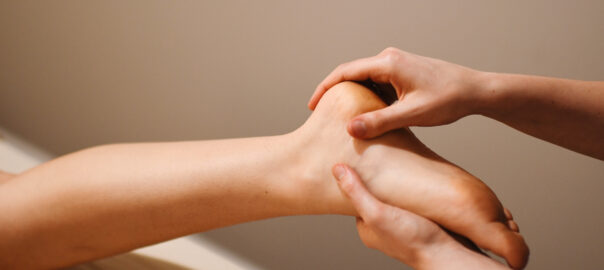Foot Health
The foot is a structure with 26 bones, 32 joints, 103 ligaments, and numerous muscles and tendons, each component relies on the others to work properly. One of the best things we can do to keep our feet healthy is to use them. Walking can help improve the overall function of your feet.
Promoting good circulation through walking is important for your feet. Circulation is also critical in helping to fight infection if you have a bruise, or cut on your foot. Proper blood supply provides oxygen and nutrients to the structures of the foot and removes waste products. Good circulation also provides essential nutrients to maintain the health of your nerve sheaths and is important to sustain normal nerve function.
Benefits of Walking for Foot Health
- Strengthen the bones and muscles of the feet and ankles.
- Increase flexibility and stability in the muscles, tendons, and ligaments.
- A healthy weight can reduce the risk of obesity, which can put a lot of strain on the feet and ankles.
- Increase circulation and reduce swelling.
Tips for your walking:
- Make sure to wear comfortable and supportive shoes, with socks.
- Warm up and loosen up stiff muscles before you set out on a brisk walk.
- Stretch after each walk to cool down and encourage muscle recovery.
- Start slow, but challenge yourself to gradually take slightly faster walks.
Contact our Chicago podiatrist office to schedule an appointment for all your podiatry needs: 773-205-0106




